Either by accident, evolution or as God’s
creation we humans inhabit earth. Despite
many physical and physiological commonalities humans always want to be
considered different from others esp. in terms of physical features, race and
other such external habits and culture.
The Malays, Chinese and Indians in Malaysia are no different. Each community has prejudices, its own pride
and of course stereotyping of others. I
am going to outline what little I have read and experienced personally on these
matters.
Let us begin with the “tuans” - the Malays.
Mostly earlier immigrants themselves from the border-less Malay archipelago of
earlier times, Malays consider themselves the true natives while not ignoring
the aborigines as the “more” original denizens.
Traditionally, as most islanders anywhere in the tropics, Malays are also prone to a
more “take it easy” life and are not inclined to hard labor or work unless
absolutely necessary as in the planting of padi or catching of fish. It is my view that islanders generally are also more prone towards the more sensual pleasures in life that can involve activities like dancing, music making or just idling away with
empty talk (borak2) and have a very low in-built resistance to “saying no” to many pleasurable things. However,
a Malay is just as proud of his heritage like any other Lim or Khan or
Nair. He can even run amok if you hurt
his pride or his leader so beware.
Now, we move on to the Chinese. It is generally accepted that earliest Malaysian Chinese to arrive here were emissaries of the Ming emperors. Their visits here were just to show them their superiority and glory of China which the sultans of Melaka immediately acknowledged and even sought protection from their then overlord - Siam. This protection of a weak person from another toughie
Now, we move on to the Chinese. It is generally accepted that earliest Malaysian Chinese to arrive here were emissaries of the Ming emperors. Their visits here were just to show them their superiority and glory of China which the sultans of Melaka immediately acknowledged and even sought protection from their then overlord - Siam. This protection of a weak person from another toughie
The earliest civilized foreigners to arrive in this region were the Indians as early as the 2nd century. Southeast Asia came under Indian influence starting around 200 BC until around the 15th century…a whole 13 centuries mind you. During this period, Hindu-Buddhist influence was absorbed by local polities. India had also established trade, cultural and political relations with other Southeastern Asian kingdoms in Burma, Thailand, Indonesia, Malay Peninsula, Cambodia and to a lesser extent in Vietnam too. Their pervasive in almost all fields is well-documented and can be seen even today in Malay cultural practices and language. Gujarati Muslims also introduced Islam to the Malay Peninsula and other parts.
But
these are not the Indians from whom our Malaysian Indians of today are descended
from. They are descended from mainly two types of Indians whom the British
brought over here. The smaller group,
mainly from Kerala and Sri Lanka, were English educated and therefore served in
clerical and supervisory positions initially and therefore served as a conduit
of communication with the Tamils for the British masters.
However, the bulk of the “imported” Indians were hardcore menial workers from also very harsh backgrounds in India. With hardly any education, most of them were illiterates but these folks, both the men and women, could work like mules. They were also the ones who turned the Malayan secondary jungles and forests into rubber plantations. They were also the ones who laid the basic infrastructures such as roads, telecommunications, railways, ports and the various other public works and utility boards. The Malays called this group somewhat condescendingly as “ keling kaman”. To provide some form of rest and recreation for this group to unwind from a hard day’s work, the British introduced toddy shops for them in the estates and towns. Tamil schools were also started to allow some degree of primary education which also seldom got them anywhere. Such was the reputation of the Indians that even the BTN has reportedly referred to Indians en bloc as “si-botol”. By virtue of their darker color and lower socioeconomic status other Malaysians also tend look down on Indians in general….forget Anandakrishnan and Tony Fernandes. Of course, the English educated Indians had beers and whiskies and at times even behaved more British than the British themselves eben till today.
However, the bulk of the “imported” Indians were hardcore menial workers from also very harsh backgrounds in India. With hardly any education, most of them were illiterates but these folks, both the men and women, could work like mules. They were also the ones who turned the Malayan secondary jungles and forests into rubber plantations. They were also the ones who laid the basic infrastructures such as roads, telecommunications, railways, ports and the various other public works and utility boards. The Malays called this group somewhat condescendingly as “ keling kaman”. To provide some form of rest and recreation for this group to unwind from a hard day’s work, the British introduced toddy shops for them in the estates and towns. Tamil schools were also started to allow some degree of primary education which also seldom got them anywhere. Such was the reputation of the Indians that even the BTN has reportedly referred to Indians en bloc as “si-botol”. By virtue of their darker color and lower socioeconomic status other Malaysians also tend look down on Indians in general….forget Anandakrishnan and Tony Fernandes. Of course, the English educated Indians had beers and whiskies and at times even behaved more British than the British themselves eben till today.






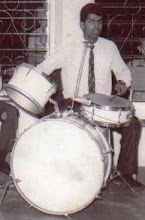













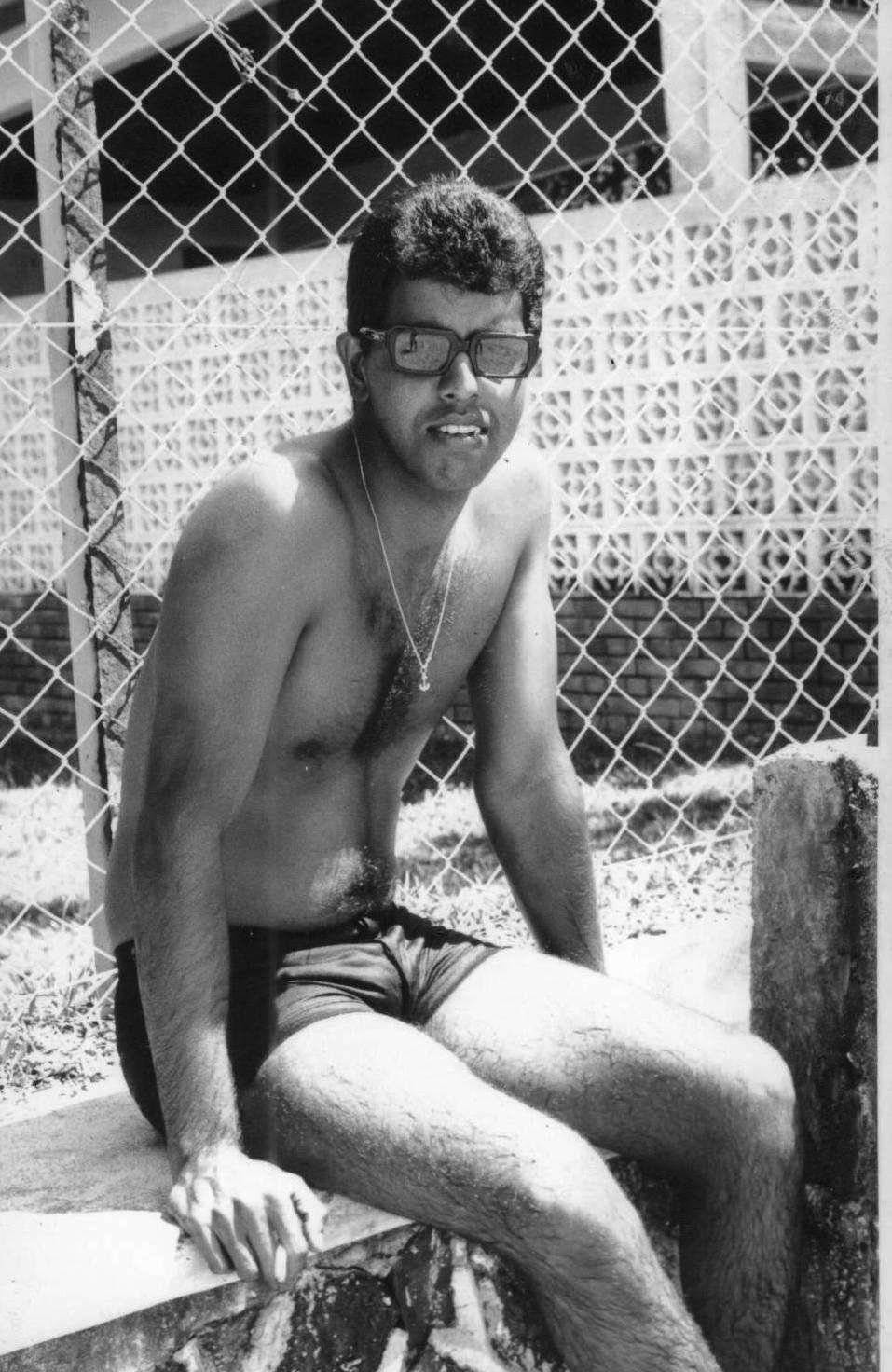




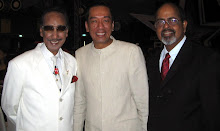

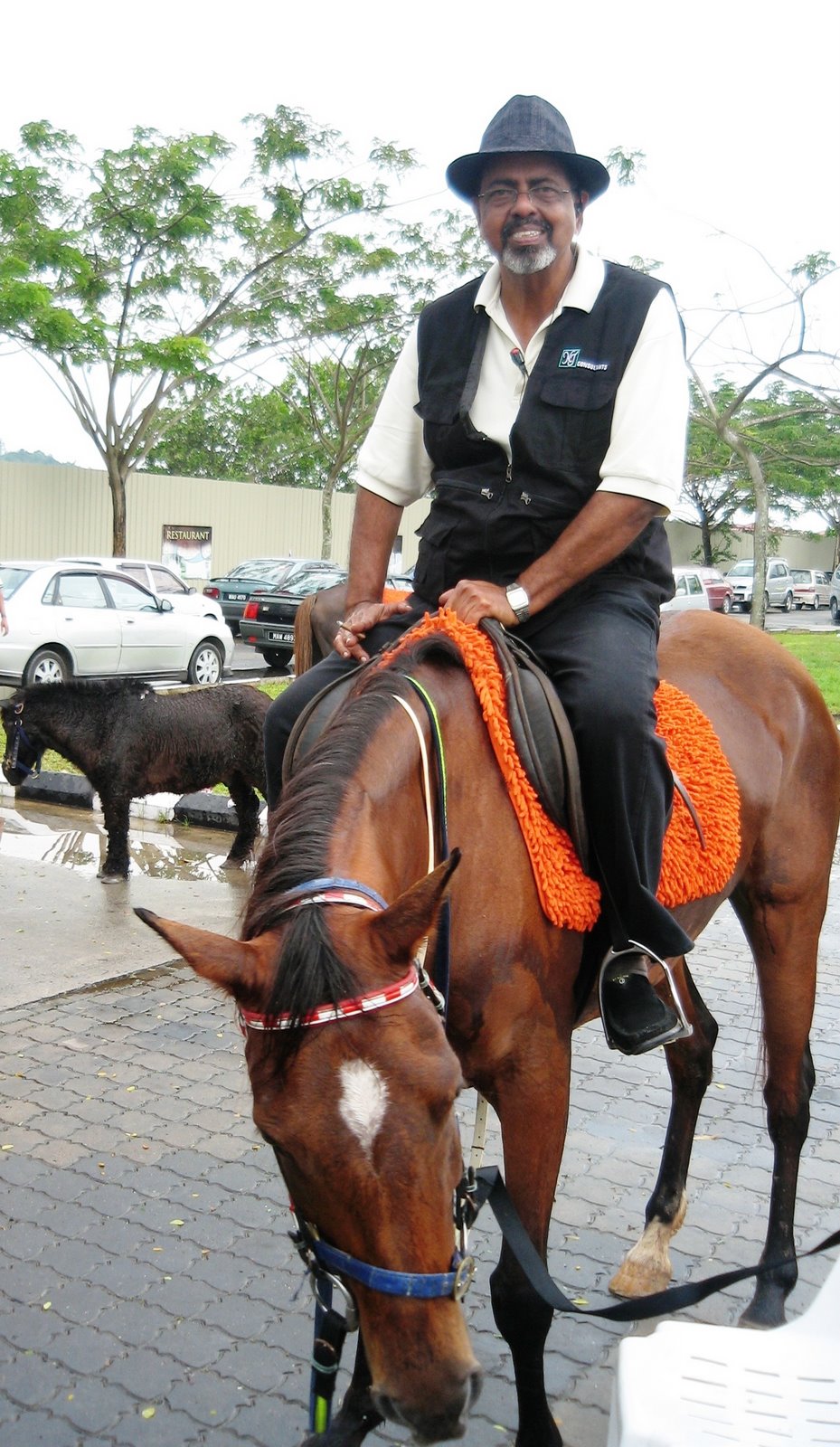







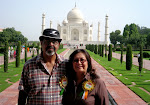



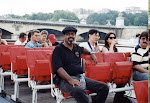

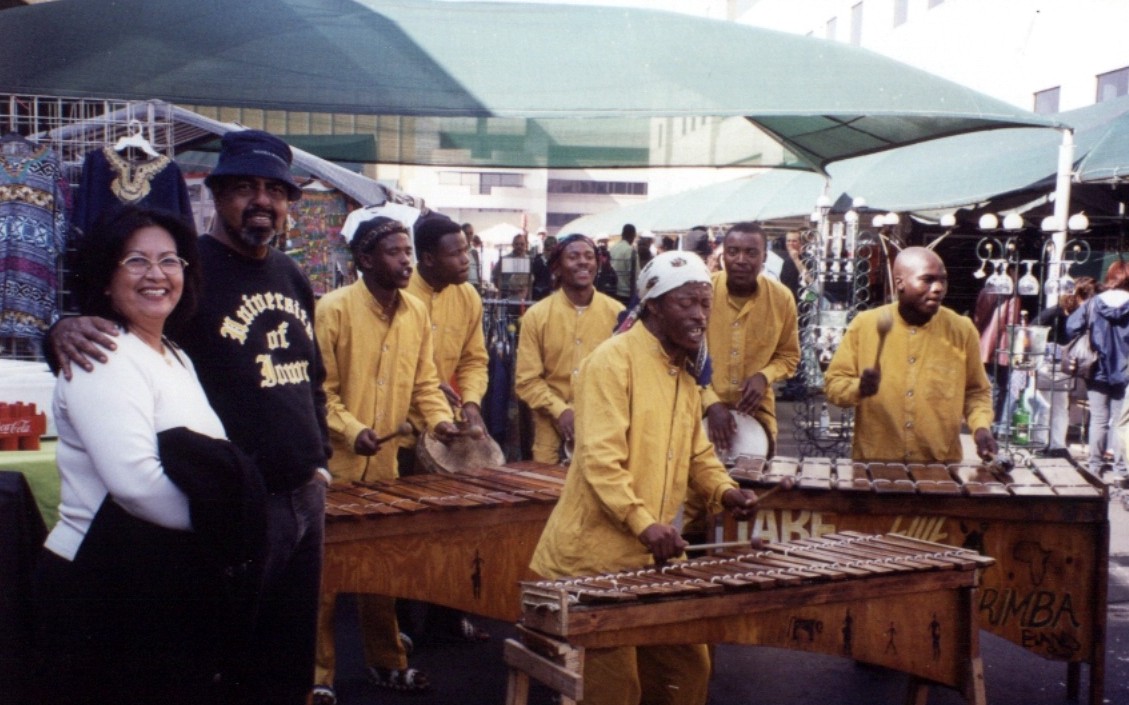

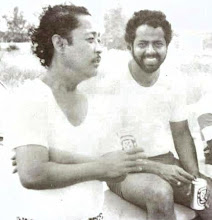
No comments:
Post a Comment